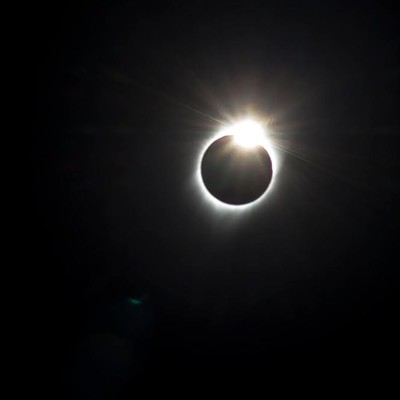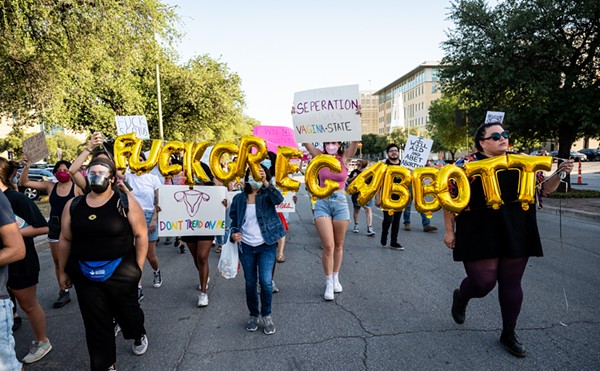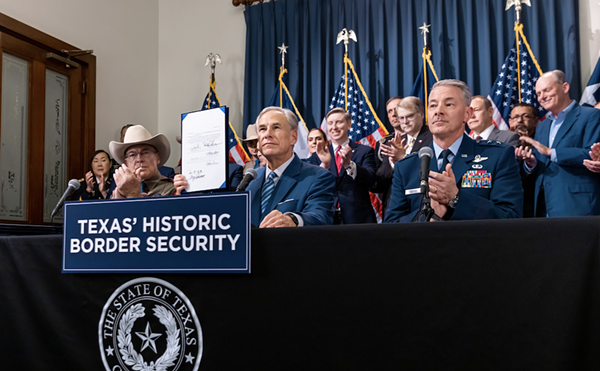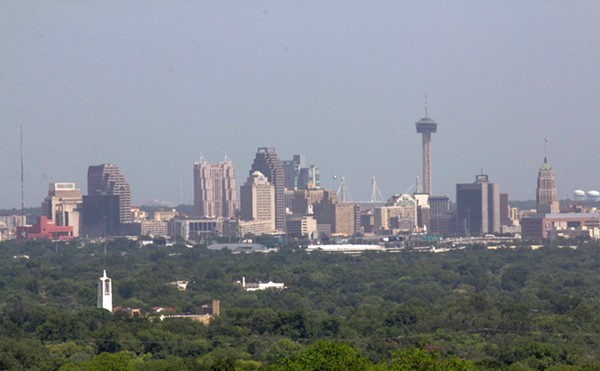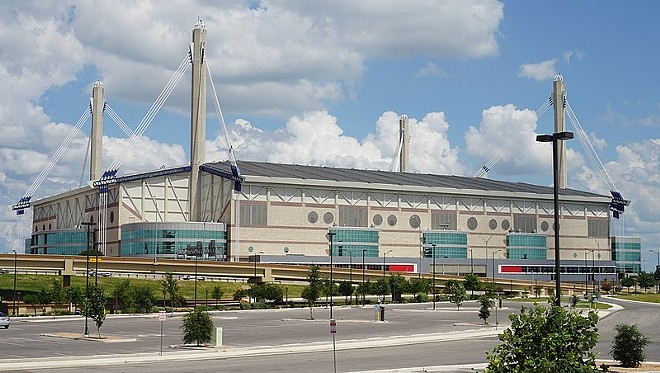
Editor's Note: CityScrapes is a column of opinion and analysis.
San Antonio civic and business leaders have spoken for years about the need for a new minor league ballpark to replace aging Nelson Wolff Stadium.
Now, with the purchase of the San Antonio Missions by a group headed by downtown property owner Graham Weston on the horizon, that new sports facility — likely located somewhere downtown — is far closer to reality. As a deal looms, it would be a good time to look back on how the Alamo City has built its existing sports facilities, such as they are, and ask whether we can learn lessons that let us do a better job this time around.
Let's start by going back to the mid-1980s, when then-Mayor Henry Cisneros dreamed of creating a domed stadium — a site suitable for the NFL team that was surely to be gifted to San Antonio. The obvious barrier was where to find the $150 million to $200 million required to build such a facility. Cisneros proposed a restaurant tax, neatly shot down by local restaurant owners. Then there was the promise of financing from a private developer — a developer attracted by all the new visitors and economic opportunity the Alamodome would draw. When that idea sank, Cisneros aide Robert Marbut proposed using a portion of the sales tax available to VIA Metropolitan Transit.
The VIA sales tax scheme had a major problem, though. It required the approval of the Texas Legislature. And while the legislature ultimately blessed San Antonio's tax deal, it insisted that the plan go to local voters for approval. Understandably, state politicos didn't want to take the heat for raising taxes here.
While the legislature's insistence on a vote might have been an easy out for lawmakers, it represented a victory for popular democracy. After all, such a big public investment in a sports facility should be required to face voter scrutiny and vigorous debate.
And that's a big lesson as we face a Missions ballpark proposal: if it involves public dollars, the public should have the opportunity to vote on that spending and have a hand in deciding how it will be doled out.
However, there's yet another lesson to be learned from the Alamodome saga, a lesson that involves location and site selection. The choice of the dome site wasn't the product of an independent planning process advised by outside consultants and informed by the experience and outcomes in other cities. Instead, it represented Cisneros' personal choice, largely shaped by his desire to sell the dome to the public as a "multipurpose convention and sports facility." That meant it needed to be close to the convention center. Building on the old Alamo Iron Works site appeared to offer a neat solution that would provide the proximity while allowing the city to strike a deal with a single owner.
Except the site had long been used as a metal fabrication and distribution plant, complete with underground storage tanks. The contaminated property became the source of a scandal the local media dubbed "dome dirt." Cleanup required extra millions and resulted in a legal morass. Had the location been thoroughly vetted, San Antonio might have avoided that pricy debacle. We also might have ended up with a site that delivered on the economic benefits promised to the area.
Setting the clock forward, the development of the San Antonio Spurs' AT&T Center offers its own set of lessons.
House Bill 72 offered Texas communities the opportunity to pay for new sports facilities with taxes on hotel rooms and car rentals, making it possible to sell new stadiums and arenas as being effectively free to local taxpayers. But there was a catch — the voters had to approve the deals and the new taxes. So, in this case, at least we had serious public discussion of what the San Antonio Spurs wanted.
But the same state legislation that created the AT&T Center's funding mechanism allowed a variety of local governments to build sports venues. As a result, the governments of both San Antonio and Bexar County offered competing proposals to the Spurs. The city plan proposed by Mayor Howard Peak would have put the new arena in the south parking lot of the Alamodome, where the two facilities could support each other and potentially boost downtown's fortunes. The county offered a location by the Joe and Harry Freeman Coliseum, which it owned. It was cheap and conveniently located near not much of anything.
The Spurs — with a kiss from owner Peter Holt to then-County Judge Cyndi Krier — took the county's generous deal, and we all lost the opportunity to get a sports venue that would spur new development. Again, if only there had been a thoroughly vetted plan.
The lessons for San Antonio City Council and Bexar County Commissioners Court when it comes to the Missions' ballpark gambit should be clear.
First, the public deserves the right to decide if a new sports venue, downtown or elsewhere, is our most pressing public investment need. Second, there must be serious planning and public discussion before any investment of public money. We need planning informed by the best outside experts rather than a hireling determined to make the best case for forging ahead with the project.
Finally, the choice of site and the ultimate deal — including a major financial commitment from team ownership — must be based on reality, not a this-is-the-first-step-in-a-major-league-baseball-future fantasy propagated by local boosters. San Antonio has heard those promises before, and they have yet to pan out.
Heywood Sanders is a professor of public policy at the University of Texas at San Antonio.
Follow us: Google News | NewsBreak | Instagram | Facebook | Twitter

